#supremecourtdecision
Explore tagged Tumblr posts
Text
Analyzing the Larger Significance of Muldrow v. City of St. Louis: Considering White Employees and Workplace Dynamics
Sergeant Jatonya Muldrow filed a lawsuit against her employer after being transferred from an intelligence position to an administrative one, arguing that the decision reflected discriminatory intent. She claimed that while there were no immediate financial or rank-related consequences following this move, it represented a major negative change in her professional life and career trajectory. The Supreme Court’s ruling in favor of Muldrow constitutes a reinterpretation of Title VII of the Civil Rights Act of 1964 which states that even without demotion or pay cut backs discrimination can still occur under traditional views where those acts manifest themselves; thereby extending its broader implications throughout various social, psychological, economic and political spheres.
Detailed Case Analysis
This case brings attention to how difficult workplace discrimination can be understood especially what qualifies as an adverse action. Before this judgement courts required employees seeking relief from employment discrimination claims to show that their working conditions had changed for the worse in some tangible way or there was “severe alteration” said Justice Kennedy writing on behalf of himself along with Justices O’Connor, Souter and Ginsburg. But the supreme court has now recognized that subtle alterations may also amount to unlawful treatment if they could hurt employee’s status quo negatively affects feelings about inclusion fairness equity among other things.
Psychological and Cultural Impacts
The ruling deals directly with mental health issues brought by perceived unfairness at work places; for instance had it been another person such as Muldrow might have felt demoted her sense worth affecting morale creating hostile environment thus leading us into understanding ‘hostile work environment’ more clearly than before through those softer forms shown above Even though these changes did not affect pay rate official status within company itself could still decrease self esteem regarding professionality which may have influenced growth perception due to any institution refusing equal treatment rights towards them because she is a woman of African American descent.
On another level, this decision could have widespread effects on corporate cultures. Organizations may have to become more self-aware and take active steps towards identifying and eliminating not only overt but also subtle forms of discrimination which might require them to be reevaluating how they assign roles or handle promotions so as ensure such processes are objective free from biasness while fostering inclusivity respect among all staff members regardless their race gender age etcetera.
Socio-Economic and Political Implications
In terms of economy, businesses will now need to invest heavily in training programs for their employees perhaps even beef up HR departments charged with ensuring compliance at workplace; this is aimed at creating an environment where every worker can realize his full potential thereby leading higher job satisfaction levels staff retention rates well being productivity growth.
Amongst other things, this ruling also affects white workers as well as the political setting of employment law. For white employees, this case reinforces the importance of comprehending DEI initiatives and working with them too; fair treatment helps in creating a just working environment for all people. Politically speaking, this verdict could have an impact on future legislative or judiciary steps concerning work and discrimination laws. It establishes a precedent that validates subtle forms of prejudice which can be experienced by anyone thereby opening doors to wider protection against various kinds of bias based not only on gender and race but also possibly other factors. The Supreme Court’s decision in Muldrow v City of St Louis redefines interpretation under Title VII Civil Rights Act thereby expanding what is considered as workplace discrimination. The judgement highlights that it is not necessary for bias to show up through explicit demotions or pay cuts but may include less noticeable yet significant changes in duties performed at work or status within the company due to discriminatory intentions.
To encourage deeper involvement with workplace diversity equity & inclusion programs among white staffs; this means they should take time reflecting over their own hidden biases while also considering structural inequalities present in organizations where they are employed. This can be achieved through offering more advanced trainings targeting reduction of unconscious prejudices among employees who are racially different from each other hence realizing those many subtle types which colleagues might face even without knowing about them thus fostering empathy within such places leading to better relations among members irrespective of rank held.
Additionally, the decision challenges existing norms within organisations by fostering a cultural shift towards fairness. When all members feel respected & valued because new standards were set after this ruling was made; there will likely be higher levels of collaboration between teams thus making them work closely together than before since every person’s ideas count equally now more so than ever before due to diverse backgrounds being recognized equally within these institutions post the court’s pronouncement regarding what constitutes unlawful differentiation grounded upon race and sex etcetera. What is more, it may also influence professional growth opportunities so that promotions are done based on merit and free from favouritism or discrimination against any particular group of people; this could result into creation of an environment where everyone’s abilities can be fully utilized thus optimizing work performance.
Even further, the decision sets forth a broad legal as well as ethical awareness which in turn underscores every employee’s duty to engage only with legally compliant & morally upright practices. This creates not only compliance-driven workplaces but also moral-intensive corporate cultures too; both being essential for sustained success within any organization regardless of its nature.
The supreme court has just made a decision that makes it easier for employees to sue their employers over discrimination. Before this ruling, people had to prove that something really bad happened as a result of their boss being biased against them — like getting paid less or demoted. Now if you can show even small changes in your work duties were because someone didn’t like who you are (and they have a reason), then that’s enough. This means lots more lawsuits will probably be filed claiming company X discriminated against staff member Y on basis Z when transferring them between jobs because now any complaint could count.
Effects on DEI Initiatives and Broader Societal Impacts
DEI initiatives within organizations may need to be reworked after the Supreme Court extended their interpretation of Title VII. Now all businesses are required not only avoid doing anything prejudiced but also make sure it doesn’t look that way too when moving employees around different roles. This might mean having longer courses or changing policies so everyone knows what is fair treatment under various circumstances.
For Caucasian workers and other groups affected by this judgement, it emphasizes the importance of workplaces where decisions about promotions etc happen fairly based on who deserves them most not race/sex etc factors . They should also consider how they implement diversity programs so as not create hidden biases which could be seen as unfair under new “lower” standard set by Title Seven less strictness.
Conclusion
This case sets new standards for job transfers under title seven of civil rights act 1964 effectively written by Muldrow v City Of St Louis law suit . By taking into account even slight alterations in duties performed at work place coupled with reasons which can be connected with such changes , court has lowered bar discrimination claims level hence giving more teeth to the protection offered under seventh chapter litigatorship. The broader effect therefore is that many employers will now find themselves facing increased numbers 0f complaints alleging employee X was moved from position Y because organization Z did not like A’s B.
The decision in Muldrow v. City of St Louis has far reaching implications not only for employment law but across multiple disciplines including psychology, sociology, and political science among others. In what could be described as a landmark ruling by the highest court of the land on matters related to Title VII discrimination cases arising from transfers workers make between jobs; this judgement expands our understanding about what actually constitutes acts or omissions amounting to unfair treatment at workplace which can easily fall within purview 0f anti-discrimination legislations such as those provided under civil rights act 1964 especially section seven thereof. It does so by emphasizing that besides looking at overt acts indicative of bias against an individual based on his or her protected characteristic/s one must also take into account covert actions indicative of animus towards same persons because such steps create equitable environment where everybody feels safe guarded against prejudice regardless their gender identity expression sexual orientation race color religion age national origin disability status etcetera.
The recent Supreme Court decision in Muldrow v. City Of St Louis represents a significant shift in the interpretation of Title VII of the Civil Rights Act of 1964, particularly concerning the standards required to prove discrimination in the context of job transfers. This analysis explores the judicial reasoning behind the decision, its implications for employment law, and its broader effects on society, including impacts on Diversity, Equity, and Inclusion (DEI) initiatives and specific demographic groups such as white employees.
Reference List
Supreme Court of the United States. (2024). Muldrow v. City of St. Louis, Missouri, et al. No. 22-193. Retrieved from https://www.supremecourt.gov/opinions/23pdf/22-193_q86b.pdf
Gibson Dunn & Crutcher LLP. (2024, April 17). Supreme Court Holds That A Title VII Plaintiff Challenging A Work Transfer Need Not Show “Significant” Harm. Retrieved from https://www.gibsondunn.com/supreme-court-holds-that-a-title-vii-plaintiff-challenging-a-work-transfer-need-not-show-significant-harm/

#MuldrowvStLouis#SupremeCourtDecision#TitleVII#GenderDiscrimination#LegalNews#CivilRights#USLaw#JusticeSystem#WorkplaceEquality#SCOTUS2024
2 notes
·
View notes
Text
PTI Wicket Downs | Supreme Court Decision | Govt basks in two-thirds glory | Straight Talk
0 notes
Video
youtube
BREAKING: Supreme Court drops BOMBSHELL ruling 💥🐶📜 https://applevideos.co.uk/mac-studio/breaking-supreme-court-drops-bombshell-ruling
0 notes
Text
Supreme Court's Quick Decision on Roe v Wade Sparks Controversy: What Does It Mean for Women's Rights? #Dobbscase #RoevWade #SupremeCourtdecision #transparencyindecisionmaking #womensreproductiverights
#Politics#Dobbscase#RoevWade#SupremeCourtdecision#transparencyindecisionmaking#womensreproductiverights
0 notes
Text
Why did Sharad Pawar warn Maharashtra government on Bilkis Bano case?
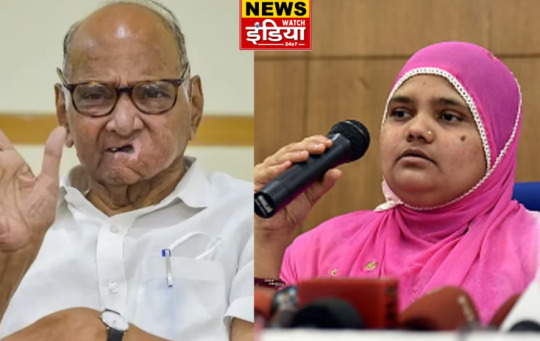
Bilkis Bano Case: Now the Supreme Court has declared the release of the accused in the Bilkis Bano rape case as wrong and has given a decision to send them back to jail within two weeks. In such a situation, the possibility of this has increased.
#BilkisBanocase#BilkisBano#bilkisbanocasesupremecourt#SupremeCourt#supremecourtofindia#SupremeCourtVerdict#supremecourtdecision#SupremeCourtJudgment#supremecourtph#GujratNews#GujaratNewsOnline#muslim#maharastragovernment#SharadPawar#sharadpawarspeaks
0 notes
Text
youtube
We delve into the groundbreaking Supreme Court order regarding car accident insurance claims. Gain invaluable insights and stay up-to-date on the latest legal developments in the realm of car accidents, insurance coverage, and claim settlement procedures. Our in-depth analysis explores the Supreme Court ruling, shedding light on crucial aspects that can significantly impact your insurance claim. Our expert analysis focuses on the implications and consequences of this historic decision.
#supremecourt#court#SupremeCourtRuling#CarAccidentInsuranceClaims#CrucialInsights#SupremeCourtDecision#LegalAnalysis#InsuranceClaims#motorvehicleact#CarAccidentLaw#Compensation#LegalNews#AccidentClaims#InsuranceSettlement#LawyerInsights#PersonalInjuryLaw#LegalAdvice#CarInsuranceCoverage#LegalUpdates#AutoAccidentClaims#InsuranceLaw#JusticeSystem#LegalInformation#youtube#youtubeindia#youtubevideo#viral#india#lawyer#trending
0 notes
Text

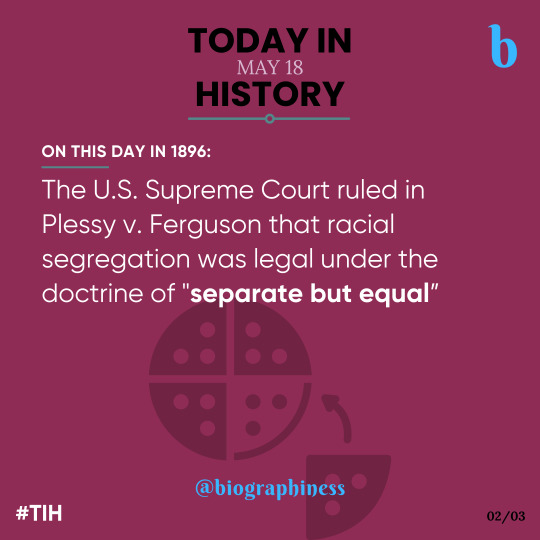

On May 18, from the rise of an emperor to a verdict that defined justice, to the earth’s fiery breath – this day witnessed the forces that shape our world.🏛️⚖️🌋
Follow👉 @biographiness
#Biographiness#Biograghines#TodayInHistory#TIH#OnThisDay#OTD#HistoryEvents#DailyHistory#HistoryFacts#May18#HistoryMatters#History#EpicMomentsInHistory#HistoricalEvents#LeadershipLegacy#SupremeCourtDecisions#RacialSegregation#VolcanicEruption#NaturalDisasters#HistoricRulings#TransformativeMoments
2 notes
·
View notes
Text
🎓 The Big SCOTUS Decisions Are Coming — Here’s What’s at Stake
📅 June always brings drama to the U.S. Supreme Court
Every year, the U.S. Supreme Court wraps its term with a series of monumental rulings — and 2025 is no different. In the latest NPR episode “The Big SCOTUS Decisions Looming”, Nina Totenberg unpacks the legal tremors about to shake the country.
⚖️ Here’s what’s on the table:
Birthright citizenship & executive power: Can a president change constitutional interpretation with an executive order?
Tennessee’s gender-affirming care ban: A pivotal moment for trans rights and state intervention in healthcare.
Texas’ age-verification law for porn sites: Tech, privacy, and First Amendment collide in a digital-age legal battle.
The Supreme Court is preparing to define national conversations around identity, rights, and government authority for years to come.
🧠 For anyone in law, HR, or public policy fields navigating complex subjects like these, resources like CIPD Assignment Help can provide critical academic support and guidance.
#SCOTUS#SupremeCourtDecisions#TransRights#ExecutivePower#DigitalPrivacy#LegalPodcast#GenderAffirmingCare#LawStudentLife#CIPDAssignmentHelp#NinaTotenberg#PublicPolicy#CivilRights#EducationMatters#HRDevelopment#LegalNews#NPRPolitics#CivicLiteracy
0 notes
Photo

https://durantbarta.com/country/rg-kar-supreme-courts-clearance-in-high-court-hearing-on-plea-for-further-investigation
0 notes
Text
Supreme Court Declares Electoral Bond Scheme Unconstitutional: Key Directions and Implications
🚨 BREAKING: Supreme Court strikes down Electoral Bonds scheme as UNCONSTITUTIONAL! 💥 This landmark judgment brings transparency to political funding. Read more on the Link. #ElectoralBonds #SupremeCourtDecision #TransparencyInPolitics 🇮🇳🔍
In the financial year 2017-2018 during the Union Budget, the Narendra Modi government introduced Electoral Bonds as a Finance Bill, 2017. The Government of India presented the bill in the Parliament and passed unconstitutionally as reported by establishing this practice would enable transparency and anonymity among the donors and parties accepting Electoral Bonds. Since then, the major and…
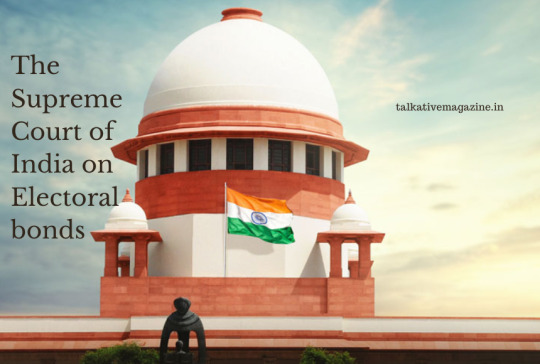
View On WordPress
#Article 14 of Indian Constitution#CJI DY Chandrachud judgements#Electoral Bonds Judgement#Supreme Court of India
0 notes
Text
#LoriSmith #303Creative #SupremeCourt #SupremeCourtDecision #LGBT #CivilRights #Homophobia #lorismithisscum #303creativesucks #ImpeachKavanaugh #impeachgorsuch #ImpeachBarrett #ImpeachAlito #fuckhomophobia #ImpeachClarenceThomas #lgbt
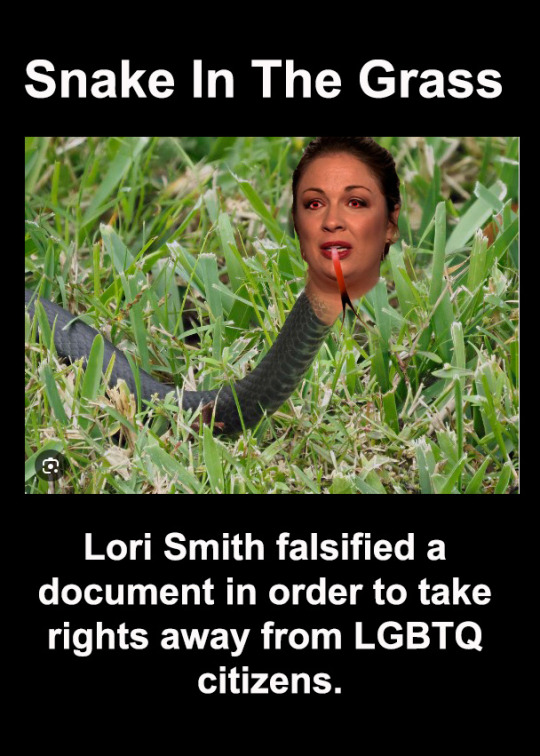
1 note
·
View note
Text

WE ARE RECLAIMING WHAT IS OURS!!
#us supreme court#oklahoma#reservation#seminole#creek#choctaw#chickasaw#cherokee#supremecourtdecision#nativeamerican#indigenous#nation#fivetribesofoklahoma#history#joyousday
103 notes
·
View notes
Text
Big Decision of Supreme Court
#chiefjustice#electioncommission#imrankhan#NawazSharif#pmln#ppp#pti#shehbazsharif#supremecourt#SupremeCourtDecision
1 note
·
View note
Text
CHURCH : STATE
OIL : WATER The Messiah had Spoken… Get it? Oil and water don’t Mix. Church and State don’t mix. And theMessiah, Ronald Reagan decreed that edict during his two terms in the OvalOffice. As I live and breathe, with my hand upon a bible, the highest court in ourland, the U.S. Supreme Court, has always ruled Separation of Church and Stateis PRECEDENT case law. Period, end of discussion. I was…
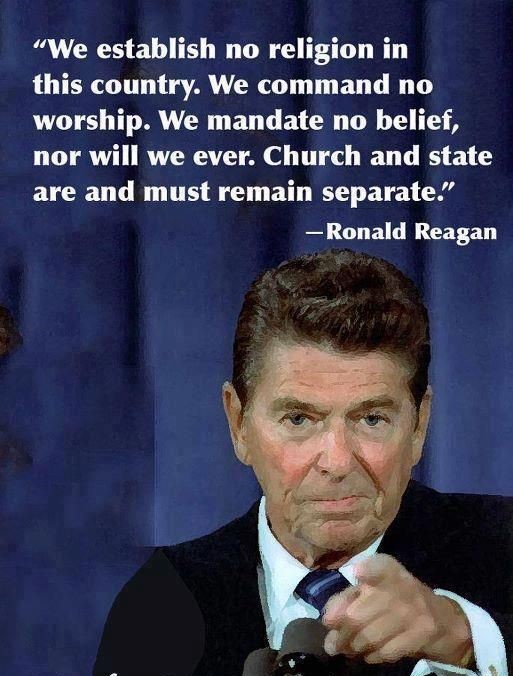
View On WordPress
#conservativejustices#constitutionalcrisis#constitutionalfreedoms#dailymail#equality prochoice#headlinenews#righttopray#righttoprivacy#separationchurchandstate#supremecourt#supremecourtdecision#theconstitution#usconstitution roe#wordpress#wordpressblogger
0 notes
Text
Supreme Court's Quick Decision on Roe v Wade Sparks Controversy: What Does It Mean for Women's Rights? #Dobbscase #RoevWade #SupremeCourtdecision #transparencyindecisionmaking #womensreproductiverights
#Politics#Dobbscase#RoevWade#SupremeCourtdecision#transparencyindecisionmaking#womensreproductiverights
0 notes
Text
#AdaniGroup#Adani#adanipower#AdaniEnterprises#adanigreenenergy#AdaniFoundation#adanihidenburg#CBI#CBICourt#SupremeCourt#supremecourtofindia#SupremeCourtVerdict#supremecourtdecision#supremecourtcase#SupremeCourtJudgment#adanihidenburgcontroversy#controversyofadanihidenberg#LatestNews#latestnewstoday#latestnewsupdate#latestnewsinhindi#latestnewshindi
0 notes